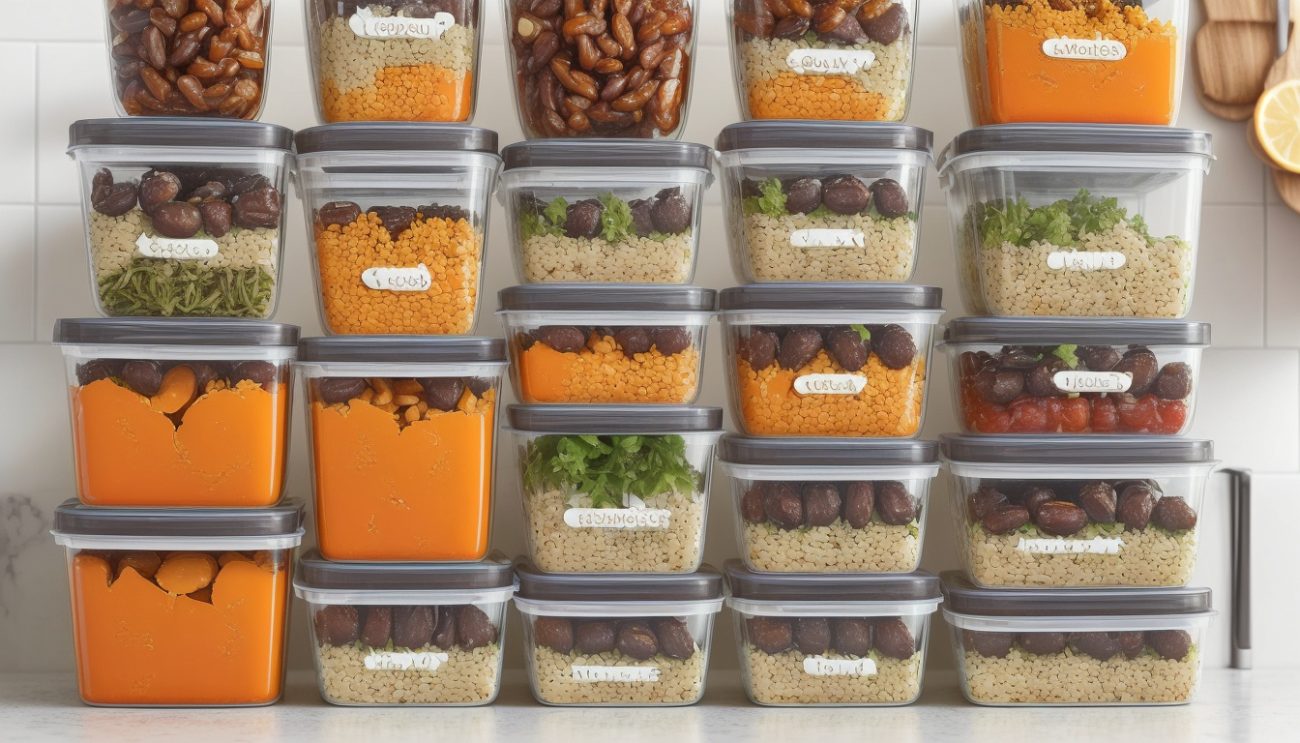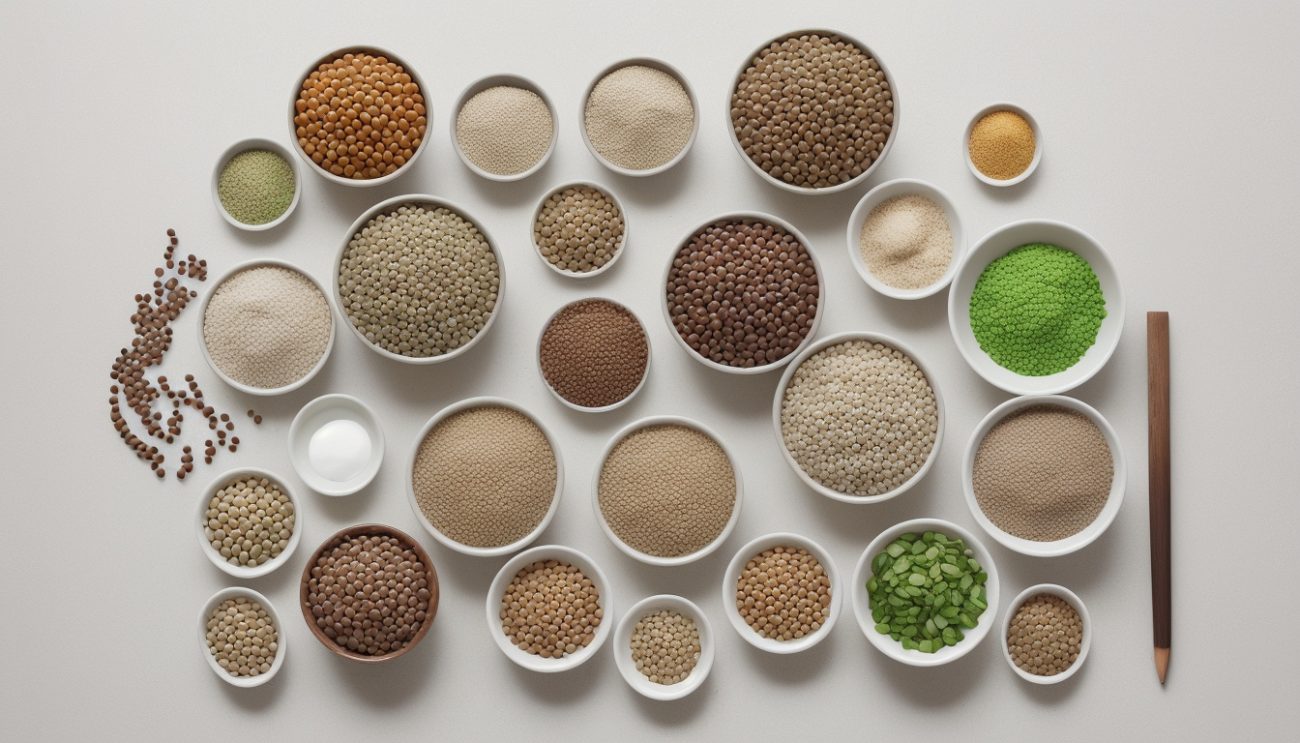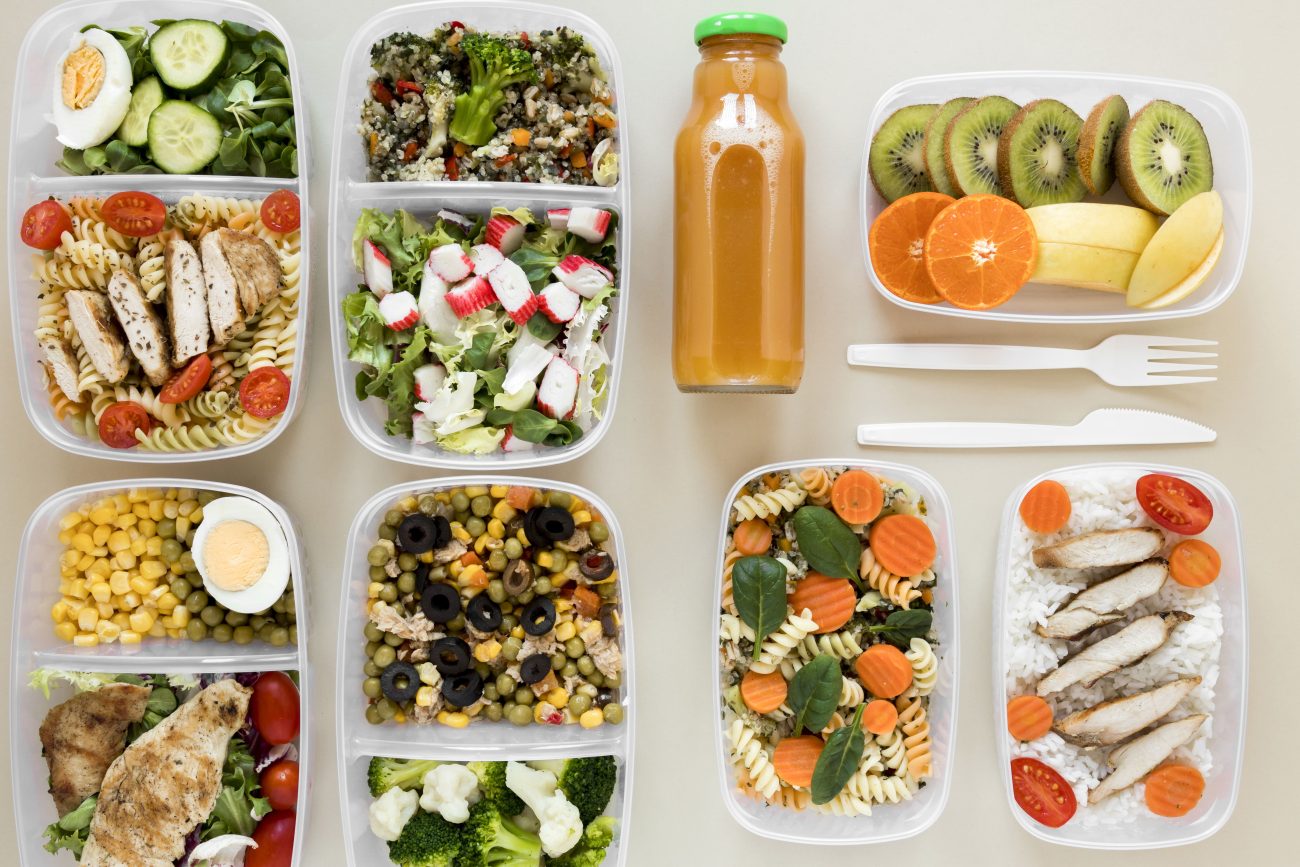Mastering Meal Prepping: Your Ultimate Guide to Healthy, Time-Saving Dinners
Meal prepping brings order to busy lives. It works by letting you cook ahead. You save time and eat well. This guide shows you tips, ideas, and key rules. It helps you master this method

Meal prepping brings order to busy lives. It works by letting you cook ahead. You save time and eat well. This guide shows you tips, ideas, and key rules. It helps you master this method with clear steps.
What is Meal Prepping?
Meal prepping means you cook meals or parts in advance. You then split portions for later. This method fits busy people who want health and cost savings. You can cook all at once or spread the work out over the week.
Benefits of Meal Prepping
- Saves time. You set one cooking time instead of cooking daily.
- Reduces waste. You shop for what you need and avoid spoilage.
- Promotes health. Ready meals make it easier to avoid fast food.
- Saves money. Home meals cost less and bulk buying helps you save.
Who Can Benefit from Meal Prepping?
Meal prepping suits many:
- Busy professionals who have little time to cook.
- Students who need affordable, healthy food.
- Families who plan meals for the week.
- Health fans who want to control calorie intake.
Note that some may not enjoy eating the same meals often. If variety matters, this method might seem too repetitive.
Getting Started with Meal Prepping
Step 1: Choose Your Meals Wisely
Select recipes that hold up well. Good foods include:
- Proteins like grilled chicken, beef, tofu, or beans.
- Carbs like rice, quinoa, pasta, or potatoes.
- Vegetables such as steamed or roasted greens and veggies.
Avoid items that lose texture or spoil, like delicate salads or fried foods.
Step 2: Plan Your Prep Day
Pick one day each week for meal prep. Many choose Sunday to start the week strong. Set aside a few hours and get all you need—ingredients and containers.
Step 3: Invest in Quality Storage Containers
Use good containers for meal prep:
- Plastic containers work for light, portioned meals.
- Glass containers are durable and microwave safe.
- Bento boxes help you pack different items in one meal.
Step 4: Follow a Basic Formula
Keep your meals balanced with this formula:
- Protein: chicken, beans, or tofu.
- Carbohydrate: brown rice, whole grain pasta, or quinoa.
- Vegetable: seasonal veggies that are roasted or sautéed.
Step 5: Stir Up Variety
Change spices and sauces. A shift in seasoning can turn a simple dish into a new meal.
Meal Prep Ideas to Try
Breakfast
- Overnight oats: Mix oats with yogurt, fruit, or nuts. Let them sit overnight.
- Egg muffins: Whisk eggs with veggies, then bake in a muffin tin.
- Chia seed pudding: Mix chia seeds with almond milk. Chill overnight.
Lunch
- Mason jar salads: Layer heavy items at the bottom and greens on top.
- Buddha bowls: Mix grains, veggies, and proteins. Top with dressing.
- Wraps and sandwiches: Prepare fillings so you can quickly assemble a meal.
Dinner
- Casseroles: Make a big casserole and freeze portions.
- Sheet pan meals: Roast proteins and veggies on one pan.
- Soups and stews: Cook in a large batch, then freeze excess for later.
Tips for Success
- Keep it simple. Start with one meal type and expand later.
- Label containers. Write dates to track freshness.
- Be flexible. Prep some ingredients and cook others later.
Conclusion
Meal prepping boosts your cooking routine and helps you eat healthily. By planning and preparing meals in advance, you lower daily stress and save time. Gather your ingredients, choose a recipe, and start a more organized, healthy lifestyle. Happy prepping!



